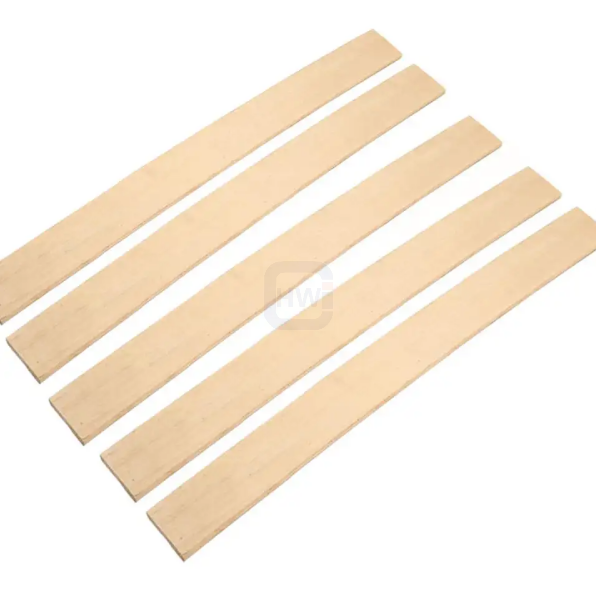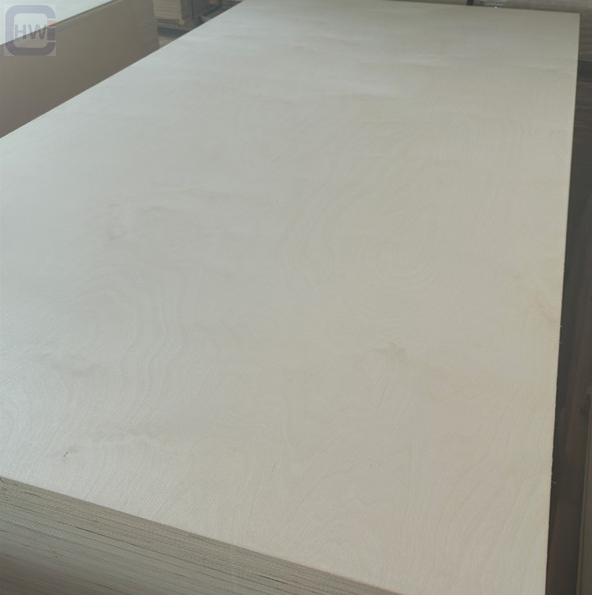What is meant by wooden material?
Wood is a naturally occurring substance from tree roots, stems, branches, and other woody plants. Due to its durability, adaptability, and aesthetic appeal, it is one of the most often used materials in building, furniture production, and several other uses. Cellulose fibres embedded in a matrix of lignin and other organic components make up the majority of wood’s composition. In addition to its capacity to be molded, carved, and connected using a variety of woodworking techniques, wood is prized for its distinctive properties. It can be treated, stained, painted, and polished to improve its durability and aesthetic appeal. Wooden material is helpful in architectural applications because it has high thermal and acoustic insulation qualities.
Categories for wooden materials:
Due to its many advantages, wooden material is of utmost importance. Wood has shown itself to be crucial in forming the built environment and the world around us, from its use in building and sustainable design to its effects on culture, aesthetics, and human well-being.

- Hardwood:
Deciduous trees, which lose their leaves every year, are the source of hardwood. These are examples of hardwood trees: oak, maple, cherry, walnut, and mahogany. Hardwoods are ideal for furniture, cabinets, flooring, and complicated woodworking because they have a more complex grain structure and tend to be denser.
- Softwood:
Coniferous trees, which often have needles instead of leaves and bear cones, are the source of softwood. Softwood trees include pine, spruce, cedar, and fir as examples. Despite their moniker, some softwoods are actually exceptionally robust and long-lasting. Construction, outdoor constructions, and paper-making all often employ softwoods.
The Sustainable Advantages of Wooden Material in Construction and Design
Wood has been the primary building and design material for centuries because it offers several sustainable benefits that make it the material of choice in a society that is becoming more and more concerned with the environment. Wood has been a champion of environmentally friendly building and design methods thanks to its renewability, capacity for carbon sequestration, and variety in terms of aesthetics. This article examines the several advantages of wooden products, focusing on their ecological, aesthetically pleasing, and usable qualities.
Renewable Resource:
The renewability of wood is one of the most important environmental benefits. Wood is a renewable resource that may be taken from sustainably managed forests, unlike limited resources like fossil fuels or some metals. Using good forest management techniques, new trees may grow faster than they are harvested, guaranteeing a constant wood supply without harming the environment. In contrast, non-renewable materials demand a lot of energy and resources to extract, process, and transport.
Carbon Sequestration:
Wood is a carbon sink, which is critical in preventing climate change. Trees take in carbon dioxide from the environment as they develop and transform it into cellulose, lignin, and other substances that make up their structure. Wood continues to store carbon when utilized in building and design, lowering the overall quantity of carbon dioxide in the atmosphere. Compared to other widely used building materials like concrete or steel, wood has a substantially smaller carbon footprint. Designers and builders may support efforts to reduce carbon emissions by choosing wood.
Energy Efficiency:
Wood is a great insulator and provides natural thermal resistance, which can improve a building’s energy efficiency. Wooden buildings may aid in temperature regulation, minimizing the need for heating or cooling and, as a result, consuming less energy. Further aiding in energy savings is the poor thermal conductivity of wood, which reduces heat movement through floors, ceilings, and walls.
Creative versatility:
Wood provides unmatched creative versatility because of its many appealing aesthetic attributes and ease of manipulation. Wood may be applied to almost every architectural style, from simple basic buildings to slick contemporary ones. Its organic warmth and texture give the place personality and charm while fostering a welcoming and cozy atmosphere. Additionally, wood is simple to shape, carve, and connect, creating inventive and complicated shapes that could be difficult to realize with other materials.
Reduced Environmental Impact:
Compared to producing concrete, steel, or plastics, wooden material uses less energy. Processing wood is more eco-friendly since it produces less hazardous emissions and pollutants. Additionally, wood waste is frequently recyclable or reused, minimizing the quantity of garbage transported to landfills.

The Timeless Beauty and Versatility of Wooden Material:
Wooden material has an unmatched adaptability and timeless beauty that withstands the test of time and fashion fads. Their natural warmth and complex grain patterns inspire a sense of connection with nature, giving homes a cozy and welcoming atmosphere. Wood easily adapts to numerous styles, from modern elegance to rustic charm, making it a preferred material in interior and architectural design. Due to its malleability, every product may be embellished with detailed carvings, rounded curves, and creative forms. Wood’s adaptability goes beyond aesthetics to its practicality, offering great insulation and acoustic capabilities, whether utilized in furniture, flooring, or structural parts. Wood tells a tale because it matures beautifully, and the traces of usage and time only add to its character. Wood’s eternal appeal comes from its capacity to eloquently unite the past, present, and future in a unified, organic motion.
Conclusion:
Wood has long been prized for its classic appeal and adaptability, making it a traditional option for many applications. Wooden material continues to capture and amaze with its natural beauty and durability in furniture, flooring, home design, and construction. One of the most enticing features of wood is its versatility in terms of how it can be used for interior and outdoor design. We always construct a lovely and clean name HW WOOD, ensuring honest and high business standards with our valued clients. XUZHOU CHANGYU WOOD is committed to the sustainable use of wood resources via quality first.
Post time: 3 8 月, 2023
